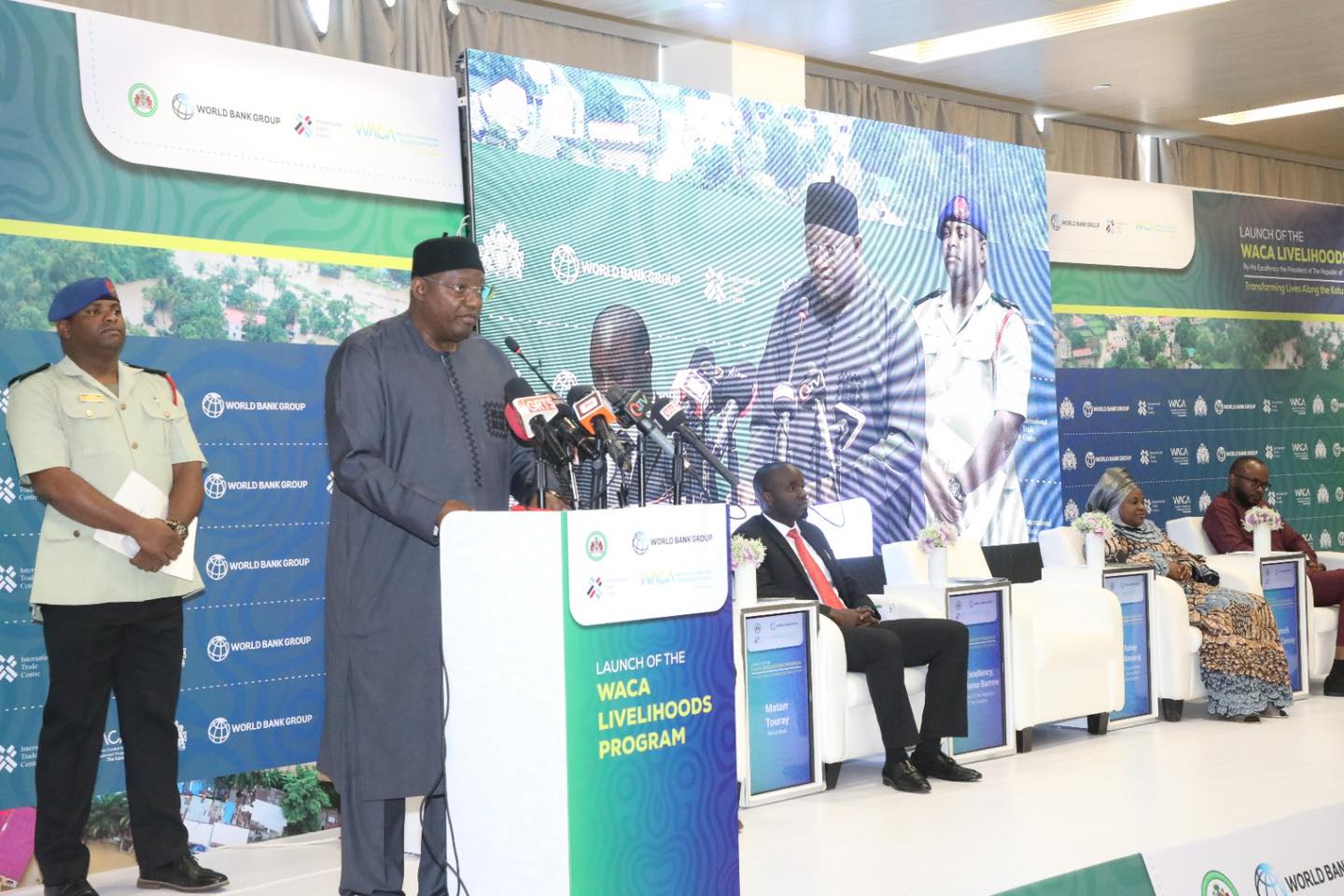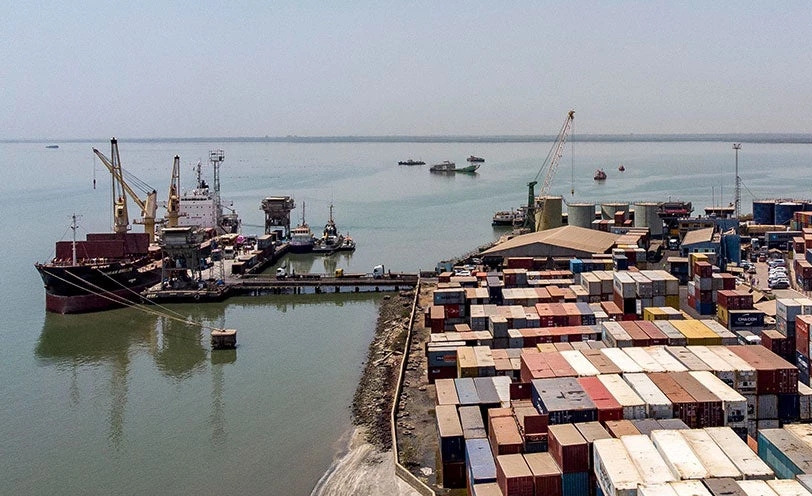Gambiaj.com – (BANJUL) – Preliminary estimates for The Gambia’s balance of payments in the first quarter of 2024 show a mixed economic performance. The current account balance recorded a deficit of US$1.4 million (0.1% of GDP), compared to a surplus of US$4.9 million (0.2% of GDP) in the last quarter of 2023.
This shift was mainly due to a larger deficit in the goods account, which increased to US$257.9 million (8.8% of GDP) from US$238.3 million (8.2% of GDP) in the previous quarter. On a positive note, the services account saw a surplus of US$117.1 million (4.0% of GDP), up from US$67.9 million (2.3% of GDP), driven by a rise in tourist arrivals.
Dalasi depreciates, private remittances remain biggest forex source
The foreign exchange market remained stable, with transaction volumes at US$600.9 million in the first quarter, slightly down from US$644.1 million in the same period in 2023. Private remittances continued to be the largest source of foreign currency, totaling US$203.7 million, marking a 12.4% increase from the previous quarter.
The dalasi experienced some depreciation against major currencies from December 2023 to March 2024. It fell by 6.9% against the US dollar, 5.9% against the euro, 7.5% against the British pound, and 5.1% against the CFA franc. Despite this, the Central Bank of The Gambia (CBG) held international reserves of US$479.8 million in April 2024, enough to cover over 4.9 months of imports.
Government deficit widens to D4.0 billion
Government operations showed an increase in the overall deficit, including grants, from D2.1 billion (1.5% of GDP) in the first quarter of 2023 to D2.2 billion (1.3% of GDP) in the same period in 2024. Excluding grants, the overall budget deficit widened to D4.0 billion (2.3% of GDP) from D3.9 billion (2.7% of GDP) a year earlier.
Revenue performance was strong, with total revenue and grants rising to D7.3 billion (4.2% of GDP), a 21.7% increase from the previous year. However, total expenditure and net lending also rose by 17.6% to D9.6 billion (5.5% of GDP).
The stock of domestic debt decreased slightly to D41.0 billion (26.3% of GDP) in April 2024 from D41.3 billion (29.4% of GDP) in December 2023. Short-term debts like Treasury bills and Sukuk Al Salaam bills accounted for 47.8% of this total. Medium to long-term debt made up the remaining portion.
Yields on short-term government securities declined, with rates for one-year, six-month, and three-month Treasury bills dropping to 6.2%, 3.3%, and 3.4%, respectively, in March 2024, down from 10.8%, 8.0%, and 6.1% in December 2023.
Trade in the interbank dalasi market shrinks
Trade activity in the interbank dalasi market from January to April 2024 totaled D4.9 billion, compared to D7.4 billion in the same period in 2023. The average interest rate in the market fell from 7.4% in April 2023 to 4.9% in April 2024, reflecting the drop in Treasury bill rates.
The banking industry continued to perform well, with the asset base growing from 70.7% of GDP in March 2023 to 76.9% in March 2024. Customer deposits, the main funding source for banks, increased by 11.1% year-on-year to D58.9 billion as of March 2024. The industry also remained well-capitalized, with capital and reserves rising by 30.9% to D10.6 billion, driven by a 19.4% increase in retained earnings. The aggregate risk-weighted capital adequacy ratio stood at 27.9% in March 2024, well above the minimum regulatory requirement of 10%.
While the banking sector remained liquid and profitable, with a system-wide liquidity ratio of 78.3% in March 2024, up from 70.9% in March 2023, non-performing loans increased to 8.7% from 3.3% in December 2023. Despite these challenges, stress test results indicated that overall market risk is low and the banking industry remains resilient.










